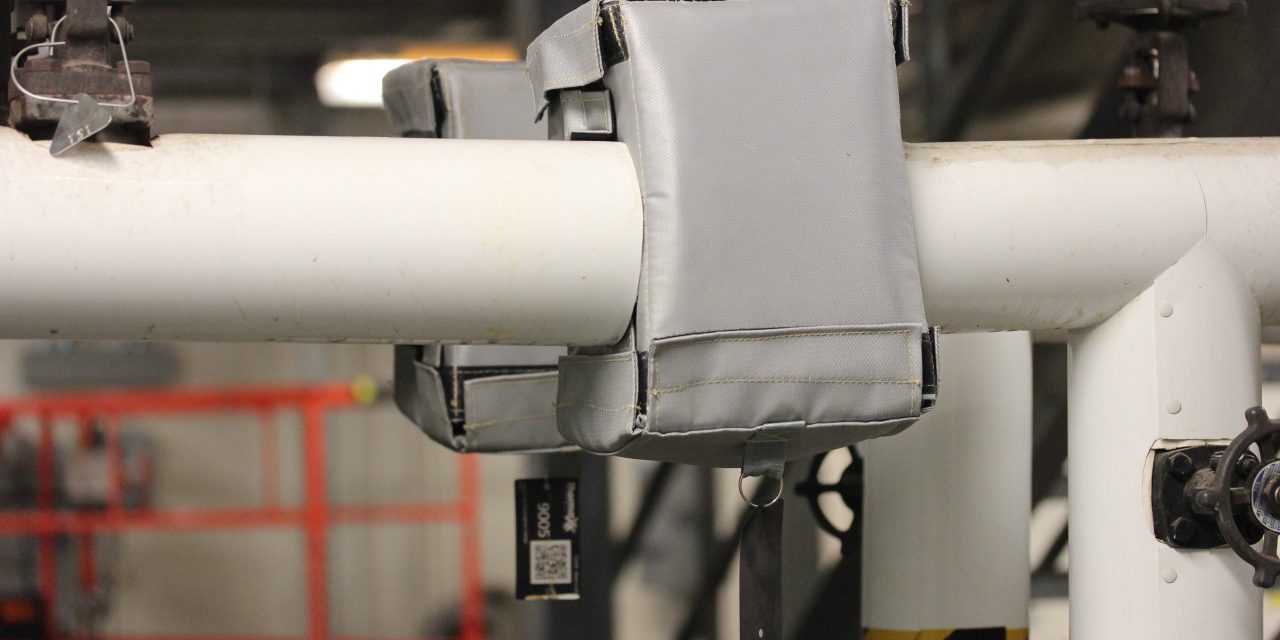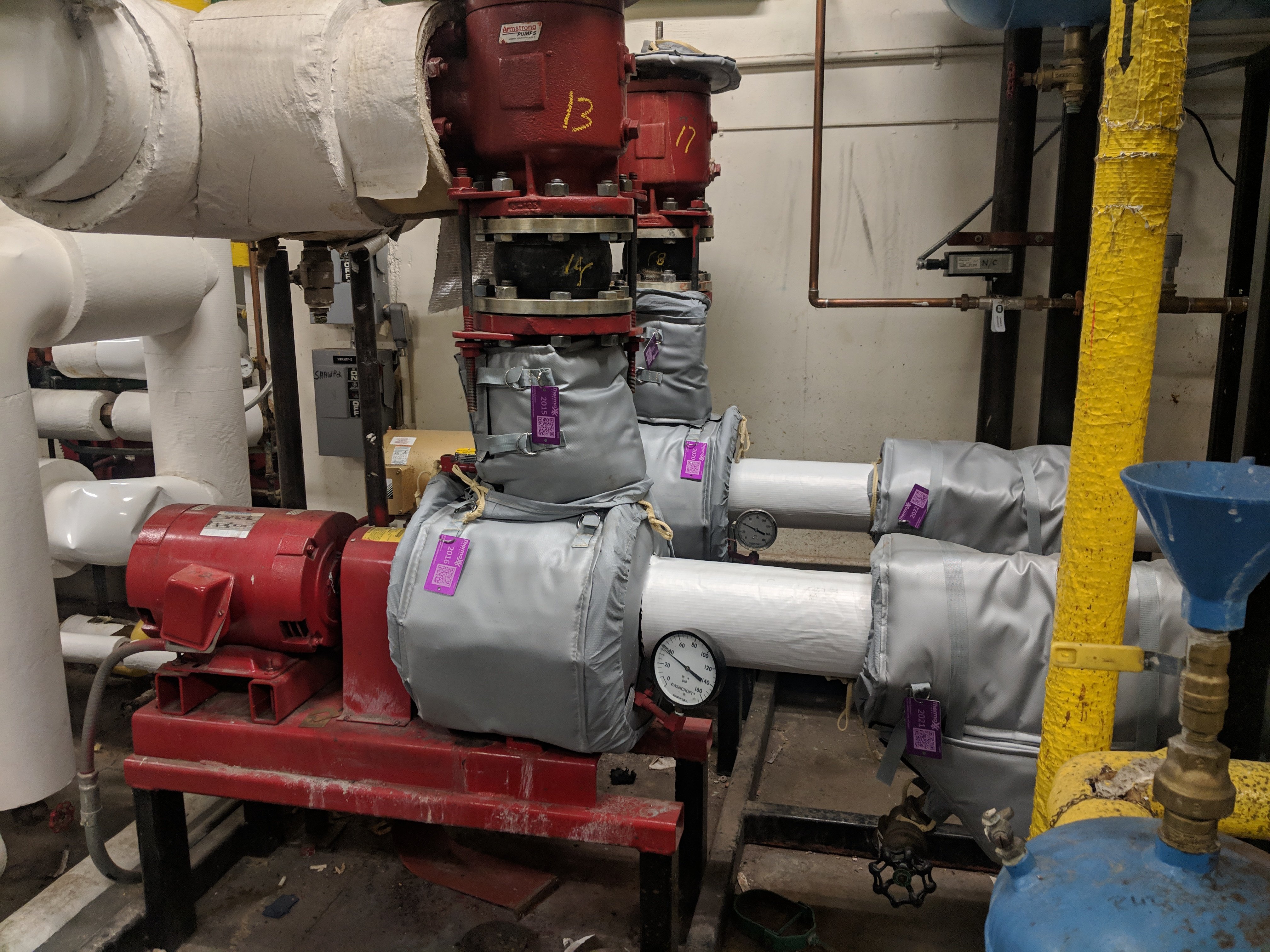Energy Efficiency Tips for Universities
Most post-secondary institutions run on facilities that were built many decades ago. With old infrastructure and current energy usage requirements, efficient energy-saving strategies are crucial to your facility's bottom line. Implementing strategic energy-saving measures in your facility can help significantly reduce your power consumption, so your facility can dedicate more funds toward its goals.
Importance of Energy Savings Strategies for Universities
Proper facility energy management is economically and environmentally beneficial for your campus. By using power-saving practices on your campus, you contribute to an overall decrease in energy consumption. Excess energy consumption leads to the emission of greenhouse gases, which are destructive to the Earth's ozone layer. Having energy-saving measures in place can reduce your institution's carbon footprint.
When your facility emphasizes and encourages energy-saving consciousness and awareness, students tend to carry the same practices to areas beyond the school gates. These efforts allow them to embody a green mindset and become advocates for making a positive environmental impact. Further, 74% of prospective students in 2022 said a school's dedication to environmental causes would affect their decision to apply or attend.
Because of size and capacity — and, in some cases, specific energy-intensive facilities — many schools incur high electricity bills, some reaching hundreds of thousands of dollars. This, along with the outdated infrastructure of an old building, creates more wasted energy. Having energy-saving practices in place can significantly reduce wasted power rates to save your institution on related costs.
How Universities and Colleges Use Energy
Most of the electricity used in educational facilities comes from lighting, ventilation, and cooling systems. These are prime areas for implementing energy-saving practices. For a clear understanding, here's a breakdown of electricity and gas usage categories in educational facilities:
- Lighting
- Ventilation
- Cooking
- Cooling
- Computers
- Refrigeration
- Space heating
- Water heating
- Office equipment
Knowing how your school dispenses energy will help you determine where and how to improve energy efficiency in your building. This is the first step to drawing up a solid plan for energy-efficient facility management. Before you implement any energy-saving strategies, conduct an energy audit so that you can make the most effective changes.
How to Improve Energy Efficiency in Buildings
There are several tools, products, and tips for saving energy. Understanding your school's infrastructure, capacity, and consumption will help you build an effective plan for the methods you can implement to conserve electricity. Though your facility might require a specific combination of energy conservation tools and methods, everyone on your campus can do their part to improve energy efficiency:

1. Create a Plan
Once you've determined where you're using the most energy with an energy audit, you can develop a plan to reduce usage. This plan should entail your starting point, or baseline, and how you plan to decrease your energy use from there. It should also include how you'll determine if a specific method is working. The Department of Energy's Portfolio Manager can help you create a benchmark plan and monitor your building's energy usage.
2. Turn out the Lights
As simple as it sounds, you can reduce your electricity bills significantly if your facilitators and students practice switching off lights in rooms when they're not in use. Take advantage of natural light and use fluorescent lighting when possible. A smart idea is to install timers on lights in specific areas so that they shut off automatically when no one is in the space.
3. Turn off Equipment and Appliances
Encourage faculty and staff to shut off computers, monitors, photocopiers, printers, and other equipment before leaving the office for the evening. It's also smart to transition to energy-efficient equipment and appliances when it's time to replace existing models. This should be a priority when remodeling or building new areas on campus.
4. Install Programmable Thermostats
Comfortable indoor temperatures are a must so that everyone can teach and learn effectively, but it's expensive to cool and heat university buildings. Thankfully, you can cut down energy costs without sacrificing comfort. Installing programmable thermostats can help reduce the operating hours of cooling and heating systems in low-occupancy areas, such as dining halls. Putting each building on a timed schedule makes it easy to improve energy efficiency.
Types of Insulation to Install for Energy Conservation
Proper insulation is important for maintaining the right temperatures and conserving energy. Depending on the industry, it's also essential for covering pipes, fluid lines, ducts, and storage tanks. In a university or college setting, installing the right insulation can be one of the most beneficial decisions when working toward a better carbon footprint.
Some common types of mechanical insulation include:
- Fiberglass pipe insulation: A fiberglass pipe is a heavy type of insulation that can come with or without a jacket. Manufacturers can customize lengths as needed.
- Fiberglass board and blanket insulations: This acoustic and thermal installation is designed for power and process equipment, piping and HVAC ducts, and valves and tanks. Length, density, and thickness requirements may vary by industry.
- Rock wool pipe insulations: You can use rock wool pipe insulations for various cold and hot piping purposes. They can be found in power stations and hot and cold water systems.
- Rock wool or mineral wool blanket insulations: These insulation techniques are flexible, making them ideal for pipes, wrapping tanks, and high-temperature vessels like breechings and ducts. They have various jacket lengths and thickness options.
- Mechanical steam insulation: With proper thickness and installation, mechanical steam insulation can prevent costly heat from radiating off pipes. This kind of insulation has been around for as long as steam has been used to heat buildings.
Thermaxx Solutions for Your Educational Institution
With a high return on investment to consider, you might wonder why businesses don't take more action to ensure their insulation is installed correctly. In many cases, it's because the initial investment expense is higher than the available budget can afford.
Thankfully, products like Thermaxx Smart Jacket can provide a solution. The Smart Jacket monitors your equipment and reports energy spending and savings, helping you save money in the long term. You can view this data remotely, allowing for streamlined equipment monitoring on the go.
The Smart Jacket features wireless capabilities and simple installation. If a major change occurs within your equipment, the device can send messages and emails to your cell phone to report the problem.
Practice Facility Management Energy Efficiency With Thermaxx
By investing in a Thermaxx Smart Jacket, you can achieve the upgrades necessary to avoid wasting expensive heat, all without the notoriously expensive upfront costs. You can also request a heat loss survey for an inspection of areas requiring insulation.
If you're looking to cut costs, preserve energy, and make a valuable change in your college or university, contact us to learn more about Smart Jackets or request a quote today.

Thermaxx Jackets
Thermaxx Jackets was founded over 25 years ago with a single purpose: to help our clients save energy with removable insulation blankets when traditional stay-in-place insulation is not practical. Our dedication to this purpose has resulted in a long list of customers who have saved money thanks to Thermaxx Jackets! Combining expertise in heat loss, wireless monitoring, insulation design, and several other disciplines, we’ve become the #1 provider and fabricator of removable insulation jackets and covers. The Thermaxx Sales and Service teams are experienced and trained to provide clients with the most timely and cost-effective solution.
Categories
- removable insulation
- thermaxx jackets
- energy savings
- savings
- energy efficiency
- safety
- pipe insulation
- energy
- case study
- insulation materials
- thermal insulation
- heat loss survey
- heat loss
- energy loss
- hot insulation
- fiberglass
- installation
- steam
- New York
- custom insulation
- NYC Case Study
- boiler
- university
- Connecticut
- reusable insulation








